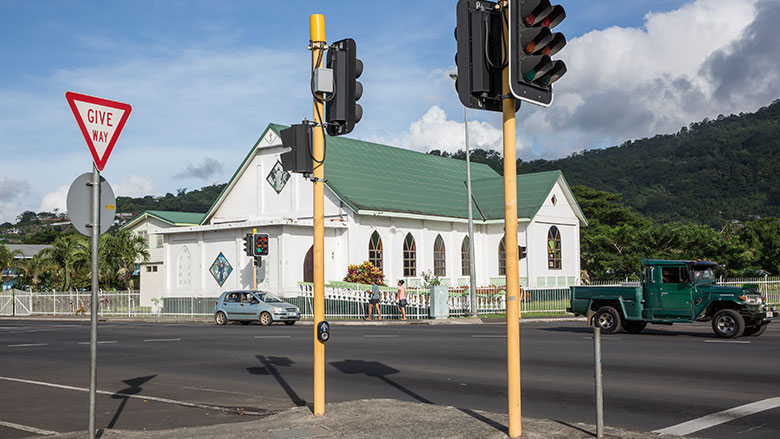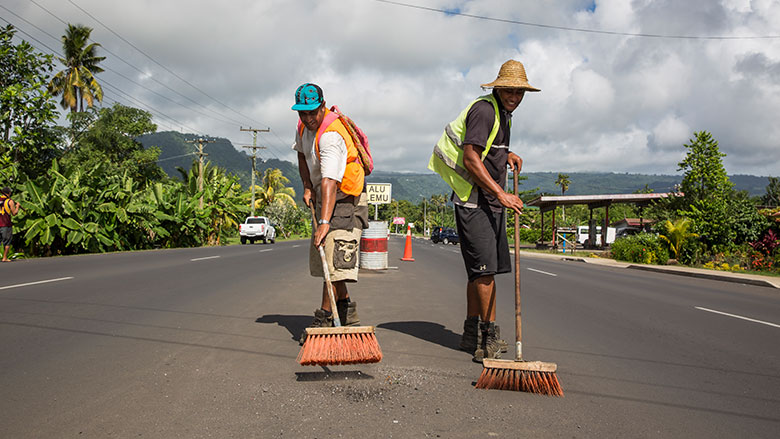Challenge
The transport sector in Samoa, and within many Pacific Island countries, currently does not adequately cater to the needs of persons with disabilities. This makes daily tasks, such as getting to and from work, a difficult process. Furthermore, Samoa is highly vulnerable to tropical storms, flooding and seismic activity, which have detrimental impacts on infrastructure service provision and the ability to access goods and social services such as health facilities. The impacts of climate change mean that there will be further disruptions and the challenges faced by persons with disabilities will only increase. The task faced is addressing how conditions can be improved for persons with disabilities. Two key issues include ensuring accessibility during day-to-day situations to ensure social inclusion, and building disaster preparedness for times of crisis to build social resilience for these vulnerable communities.
Approach
Taking the opportunity to proactively take the needs of vulnerable communities into account and include input from key stakeholders during project implementation, access guidelines and audits were implemented during the design phase for works to be carried out under the Enhanced Road Access Project (ERAP). Access guidelines from the Ministry of Natural Resources and Environment were used as a construction reference for road and bridge work to ensure that designs were inclusive of persons with disabilities and the features of accessibility such as ramps, wider pavements and signage are considered prior to construction. Access audits were undertaken by persons with disabilities with different needs including a site visit and scoring system to determine where improvements could be made to the design. In addition, higher design standards have been applied to infrastructure investments to help ensure there is increased climate resilience and reliability of the key transport routes financed under ERAP.

